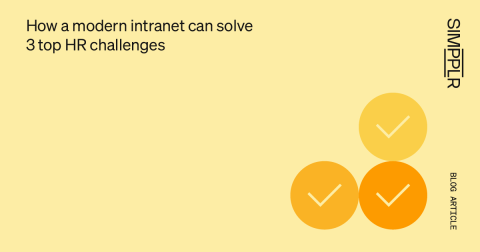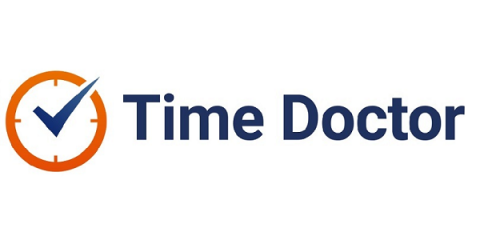Teams | Collaboration | Customer Service | Project Management
%term
5 Service Level Agreement Metrics to Track Service Fulfillment
10 Examples of Nonverbal Communication
Communication is the process of sharing information, ideas, and opinions between two or more people. It makes teams bond stronger, get to know each other, and find solutions to problems if there are any. Effective communication and identification of nonverbal cues when having meetings or hot discussions are essential. We often try to hide our emotions, feelings, and ideas but our bodies still send some subtle messages.
The essential guide to project integration management
Every project is a little bit different, each with its own unique set of objectives and desired outputs. Each may also see your agency working with several different departments and points of contact as you develop the final deliverable. It’s working with those different parties that makes project integration management necessary. Without this type of management, it can be difficult to ensure that all teams communicate well and that processes flow as they should be.
How a modern intranet can solve 3 top HR challenges
Employee retention. Employee engagement. Employee feedback. As the modern workforce becomes more dynamic and distributed, strategic human resources leaders are solving these top HR challenges with the help of an AI-powered intranet.
Why & How To Monitor Employee Web Usage
They’re harnessing the power of employee monitoring software. This isn’t just a trend; it’s a thriving market. With an expected Compound Annual Growth Rate (CAGR) of 12.1% through 2026, employee monitoring is poised to redefine how companies ensure productivity and privacy in the digital age. But why is this strategy becoming so widespread, and how can you implement it in your workplace? The answer lies in understanding the importance of monitoring employee web usage.
What are SMART goals? Examples and templates
Vague goals that lack clarity are often left undone, even if they have great potential. Transform fuzzy objectives into attainable goals with the SMART goals framework. SMART is an acronym for specific, measurable, achievable, realistic, and time-bound. In this article, we'll dive into why each element of the SMART goals acronym is essential and how to apply them to your own goals. Every team that’s accomplished something phenomenal first had to set goals to get there.
5 ways to increase citizen engagement
Citizen engagement sounds familiar yet elusive. It’s not a wonder since it includes different methods, examples, and actions. Since every country has a different political system, there are radically different opportunities and resources to engage citizens. Encouragingly, governments across the world are digitalizing their public services in increasing numbers.
Worried a remote employee isn't working? 8 ways to know
When you manage an in-office team, it’s relatively easy to tell if an employee isn’t doing their job. You can simply stop by their desk or set up in-person check-ins. However, monitoring remote employees isn’t quite as straightforward. At Time Doctor, we’ve been growing our remote team for over a decade. We’ve learned a few things about encouraging remote employees to stay focused while giving them space to do their jobs.
The Hidden Costs of Remote Work: What Employers Need to Know
Uncover the hidden costs of remote work and discover practical strategies to manage them effectively.











